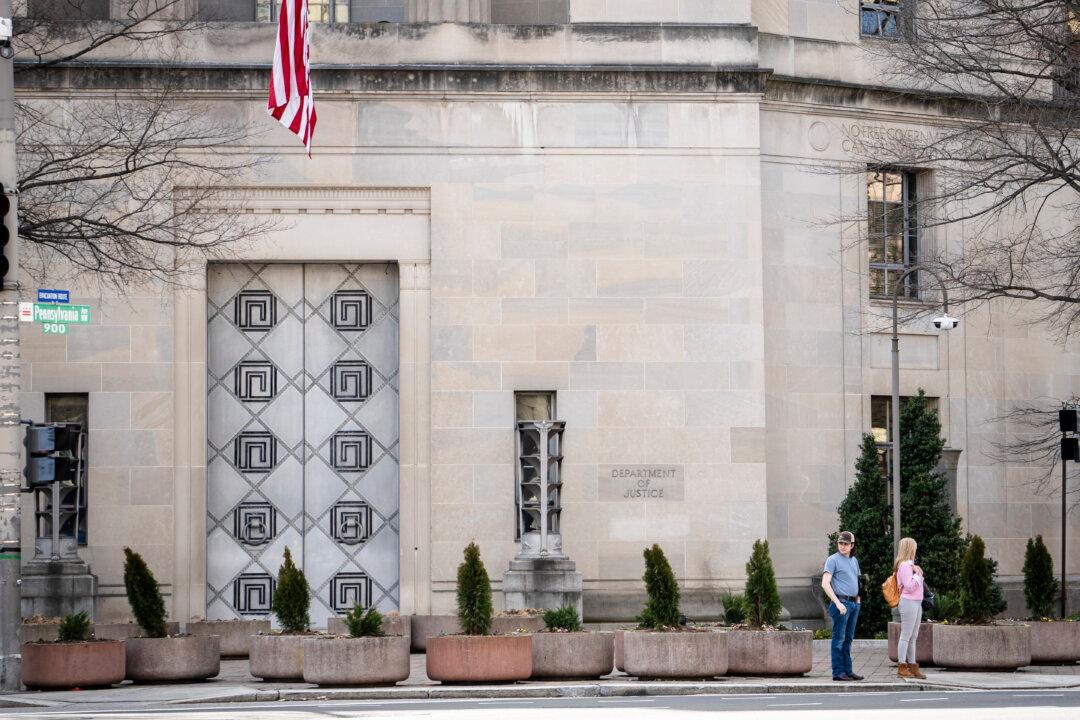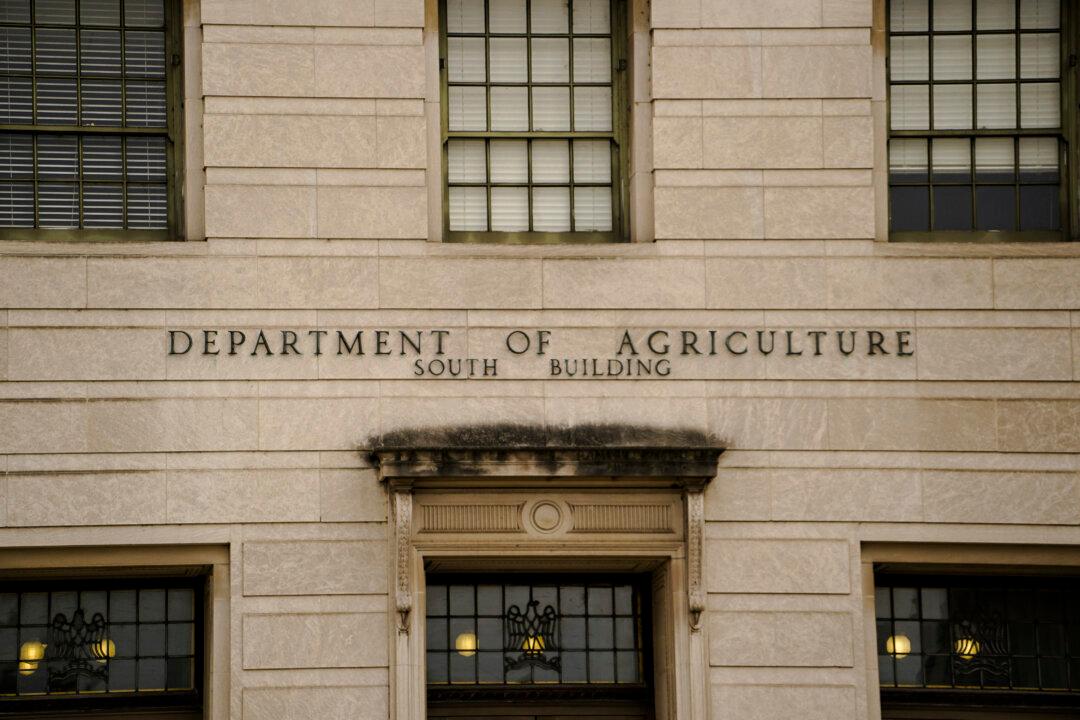COVID-19 metrics have been rising in the northern and western United States in recent weeks after a surge in the South over the summer.
Reported case counts and hospitalizations have increased considerably in Michigan and Minnesota, which now have two of the top case rates nationwide.
Michigan saw only a few hundred cases per day throughout the summer. Nearly 8,000 confirmed cases were recorded on Nov. 15—the highest number since the COVID-19 pandemic started.
Hospitalizations are also up, with 88 percent of hospital beds filled as of Nov. 19. Nine hospitals say they’re full.
“Our hospitals have more COVID patients than they’ve had since the spring surge, and that should be alarming to all of us because that is with more overall population vaccinated than before,” Bob Riney, the CEO of the Henry Ford Health System, told reporters during a recent briefing.
In Minnesota, cases and hospitalizations are the highest since the devastating wave seen in late 2020.
“I think most Minnesotans would be surprised—shocked, perhaps—to hear that Minnesota is now the fastest-growing COVID hotspot in the country,” Minnesota Health Commissioner Jan Malcolm told reporters on a call on Nov. 16.
Seven of the eight other states with the highest seven-day case rates are in the northern or western United States. They are New Mexico, New Hampshire, North Dakota, Utah, Wisconsin, Wyoming, Montana, and Colorado.
Hospitals in most of the states are also seeing an increase in COVID-19 patients, and officials have also recorded a jump in deaths attributed to COVID-19.
The wave that hit the South over the summer was linked by many to lower vaccination rates. But high vaccination rates haven’t helped states avoid the current wave. Vermont, the most-vaccinated state, recently set a new record in daily cases, while more than 6 in 10 residents in New Hampshire, New Mexico, Colorado, and Minnesota have received a full vaccination regimen.
“Booster shots have demonstrated the ability to safely increase people’s protection against infection and severe outcomes and are an important public health tool to strengthen our defenses against the virus as we enter the winter holidays,” Dr. Rochelle Walensky, the director of the Centers for Disease Control and Prevention, said in a statement on Nov. 19.
Most hospital beds in states aren’t taken up by COVID-19 patients. But health officials say the increase in those requiring hospital care for the disease is overburdening already-fragile systems, which are grappling with a loss of workers in part due to COVID-19 vaccine mandates.
Officials are divided on what measures to impose to try to respond to the situation. Some have indoor mask mandates in place, but others have pointed to how those states haven’t seemed to fare better overall.
“Our neighboring state of New Mexico has had a mask-wearing requirement really for the last couple months statewide and seems to be at about the same place we are with regard to infection rates,” Colorado Gov. Jared Polis, a Democrat, said during a press conference earlier this month.
New Mexico Gov. Michelle Lujan Grisham, a Democrat, responded during a separate briefing, saying her state was “earlier than Colorado at getting people vaccinated.”

Michigan officials on Nov. 19 recommended that all except children 2 and younger wear a mask indoors, regardless of vaccination status, although they stopped short of mandating face coverings.
“The advisory is a statewide advisory to make sure that people are aware of how serious this COVID-19 surge is and to make sure that they are able to take the steps needed to protect themselves and their loved ones this holiday season,” Elizabeth Hertel, director of the state Department of Health and Human Services, said during a briefing.
Some officials blame those who haven’t gotten a vaccine, noting they make up the bulk of patients. Some studies have indicated that the unvaccinated are at a higher risk of severe disease and death from COVID-19, while other research indicates that people who recover from COVID-19 have higher protection than the vaccinated against reinfection.
Some have pointed to how people spend more time indoors during the winter as a possible reason. The weather has turned frigid in northern states recently, with snow falling this week in Wisconsin. There have also been more people returning to work, school, and other congregate settings that were largely shut down last year.
“Scientists simply don’t know exactly why our region has a spike,” Polis said.
“There’s some silver lining: our spike is not as bad and not likely to be as bad as the Southeast spike of two months ago, because we have a higher vaccination rate.”
Even with the spike in the North and West, case rates nationwide remain well below the peak seen in late 2020 and the second peak, which occurred on Sept. 1. Nationwide hospitalizations are also well below those two peaks, as are deaths.
“We have extremely safe vaccines with long-lasting effectiveness against serious disease, oral antivirals that could soon make COVID-19 a highly treatable disease, and we’re living our lives much more like in pre-pandemic times. And despite this, the COVID death rate in the U.S. is still falling, and is now only half of what it was two months ago,” Dr. David Dowdy, an epidemiology professor at the Johns Hopkins Bloomberg School of Public Health, told reporters on a call last week.
“The world may never look like it did before the pandemic, and we may still be in for winter surges in cases this year. But from a COVID-19 perspective, there are many reasons to believe that things will be much better in 2022 than they have been for us these past two years.”






